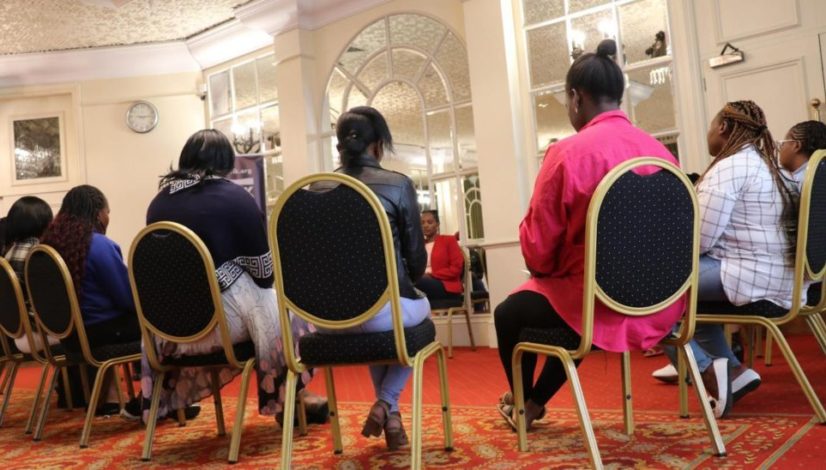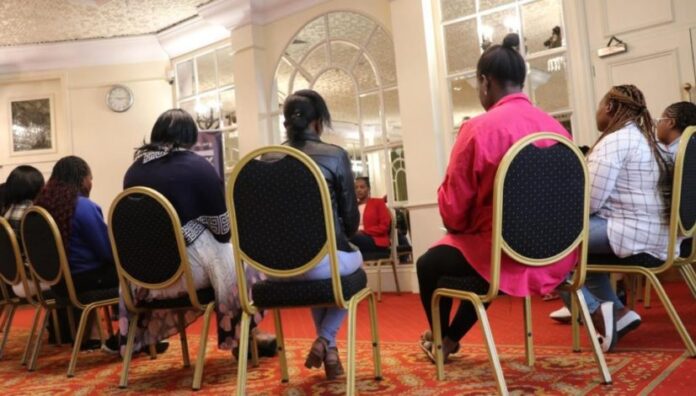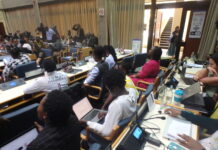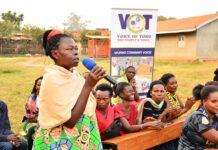By Lilian Museka
Nairobi, Kenya: Women around the world experience various forms of violence. According to World Health Organization 2021 report, one in three women have been subjected to physical or sexual violence in their lifetimes.
Women in professions that are always challenging social norms, patriarchy, and power dynamics have faced increased violence. These professions include human rights defenders, women politicians, and women journalists.
Of great concern are the current rise in violence against women journalists who have continuously faced trolling, stalking, threats against their lives, and sexual harassment. These have curtailed their freedom of expression
This is also the case for women in professions that challenge social norms, the status quo, and power dynamics within society, such as women politicians, human rights defenders, and women journalists.

Of particular concern, is the alarming levels of online violence that women journalists face on a regular basis, including trolling, doxing, non-consensual sharing of images, cyber-stalking, and threats against them and their families. The violence that they face is a gross violation of their human rights, curtails freedom of speech and expression (principles of democracy and pluralism), and gravely affects their professional engagements and ability to work.
Women journalists are affected by gender-specific safety risks such as sexual harassment, sexual violence, and threats of violence (IFJ, 2017; IWMF, 2018). Recent studies have shown that women journalists are particularly affected by online harassment (Reporters Without Borders, 2018; OSCE, 2016). An analysis of the 70 million comments recorded by the Guardian between 1999 and 2016 showed that among the 10 staff journalists who received the highest level of abuse, eight were women, while the two others were black men (The Guardian, 2016).
The WHO report calls on UN member states to partner with civil society organizations to ensure services are available to vulnerable women, and funding is made available for the continued collection of data for the improvement of services and programming.
“We would like to see increased will and investment, and a renewed commitment from governments to eliminating violence against women,” said Dr. Claudia Garcia-Moreno.
“I hope these numbers are a wake-up call to governments. There was talk five years ago, but more action is now needed if we are to meet Sustainable Development Goals targets of eliminating violence against women by 2030.”














